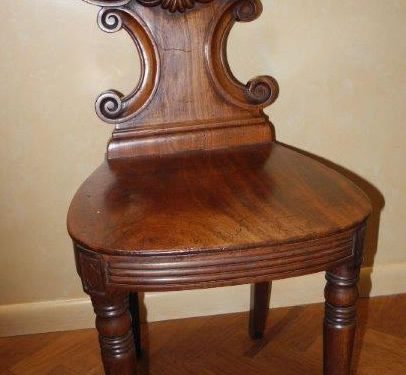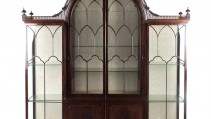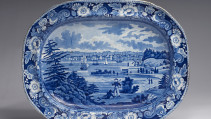Tips for preserving the integrity of your furniture.
When you need to restore a well-loved piece of furniture, consider your options. Are you looking to preserve a museum-quality antique or simply lend new life to a worn but still-functional piece?
If your choice is the latter, any good refinisher or upholsterer can do the trick. In fact, an entire DIY industry has sprung up around pepping up older pieces with funky fabric, glossy paint or even intentional distressing. Good fabric stores always have recommended upholsterers, and your local big-box hardware store will most likely know a refinisher.
However, if your concern is the former—preserving a fine piece of furniture—you’ll want to take more care with your selection. Is the piece historically important, even museum quality? You can use the same appraisers from the PBS hit show Antiques Roadshow to make a determination; it lists all its appraisers by discipline on its website. They’ll be able to tell you if you should approach a museum or possibly give you a referral to a quality refinisher in your area.
Unlike many other disciplines, furniture conservators and restoration specialists don’t require certification by a government or private agency to hang out their shingle. That’s why you’ll want to look for restorers with a guild affiliation.
One such guild is Professional Restorers International, which maintains a group directory of furniture repair, refinishing and antique restoration shops, organized by state. You can search its roughly 100 members for keywords like “furniture refinishing,” “furniture repair” and “conservation.” All members have a bio page that outlines the range of their services, their history and where they work. Many offer services for museums, historical landmarks and private collectors (if they list their clients, consider calling to ask if they were satisfied with the restorer’s work).
Finally, perform the same kind of due diligence you would with any service provider. Talk to restorers and conservators in person—preferably at their shop—and ask to see before and after pictures. Find out how long they have been in business, the degree of their specialty training, and if their facility is organized. Show them your item. Do they seem knowledgeable about it, or have they worked on similar items? Will they tell you exactly what they plan to do to preserve or rehabilitate your piece? As in any business, transparency is key.
Source: Accent.Chubb






